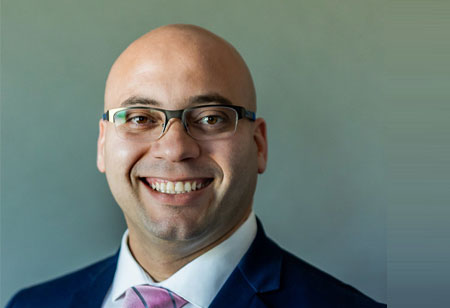Thank you for Subscribing to Healthcare Business Review Weekly Brief

Impact of Virtual Care in Rural America
Healthcare Business Review
It is estimated that 60 million people live in rural America, which is 1 in 5 Americans. Rural households have lower median incomes than those in urban areas, which often contributes to disparities in transportation access, food security, and medication affordability. These issues, combined with the lack of access to primary and specialty services, demonstrate that virtual care is vital for these communities. Rural Americans possess a tool to help decrease this gap in care. At approximately an 80 percent rate of ownership, smartphones can provide access to telehealth services. However, even in 2023, many rural communities are not capable of sustaining telehealth services due to internet connectivity. This is an issue that each health system must deal with. A solution for the lack of internet is the implementation of what I like to call “Clinical Hot Spots”. These are set locations with hardware, internet, and support that allow patients a reliable, private, and safe environment to conduct telehealth consults. Ideal settings for “Clinical Hot Spots” would befood desert areas, large retail complexes, public schools, or public parks.
Approximately 55-60 percent of potentially preventable hospitalization or mortality in rural hospitals is due to a lack of specialty care. One solution is the implementation of workflows that allow those rural care facilities to have access to specialty care with the use of video consults. For example, if a patient shows up in a rural care center with paralysis in the left leg and arm, right visual gaze, inability to follow commands, and difficulty with speech, the next step should be to consult with neurology and the stroke team. Virtual care allows a neurologist that is possibly miles away, to work with the on-location staff to administer thrombolytic medications within minutes of arrival. This collaboration between the rural care team and the remote stroke team results in preventing potentially long-term disability or death.
Additionally, 6.5 million people in rural America are suffering from mental illness with poor access to mental health services. It is estimated that 19.1 percent of the rural population older than age 18 have a mental illness. Behavioral health is another area where virtual care can help decrease the gap between rural centers and specialty care. Virtual care offers a convenient, cost-effective, safe, and reliable way for receiving behavioral care at home or any place of convenience. Patients can attend their appointments without needing to take time from work, arrange childcare, or attain transportation. If they are involved in a long-termplan of care, those factors are vital for patient adherence and treatment success.
Virtual care allows a neurologist that is possibly miles away, to work with the on-location staff to administer thrombolytic medications within minutes of arrival
Rural America is facing an opioid epidemic and virtual care can help deliver treatment for opioid use disorder by collaborating with addiction specialists. Telemedicine is increasing access to these types of treatments by removing stigmas and geographical barriers.
As a nation, we need to reimagine how we deliver care in rural America and actively work to transform the healthcare experience that these communities are facing. We can do that by providing reliable, comprehensive, convenient, safe, and affordable care for all our patients, regardless of their zip code.









